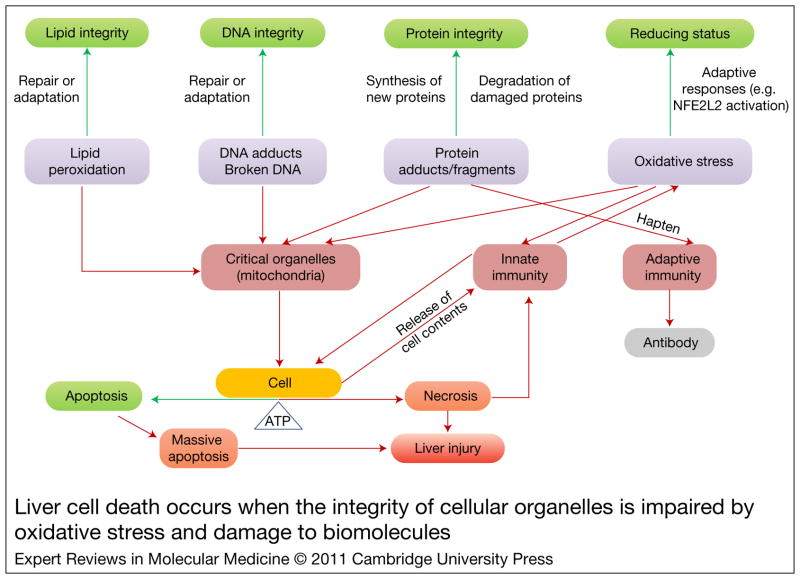Figure 2. Liver cell death occurs when the integrity of cellular organelles is impaired by oxidative stress and damage to biomolecules.
Damage to biomolecules and oxidative stress can be reversed or tolerated by activation of compensatory responses. Excessive damage or modification of biomolecules by oxidative stress can overwhelm the capacity of repair and adaptive processes, leading to uncorrected changes to critical organelles, among which mitochondria is the most important. This can lead to activation of immune responses, which could further aggravate cellular damage. The interplay between xenobiotic-induced molecular changes, organelle dysfunction and activation of immunity results in cell death and liver injury. Cellular ATP availability is an important determinant of the type of cell death that occurs. Programmed cell death or apoptosis requires ATP, whereas oncotic death (necrosis) predominates when ATP stores are depleted. However, massive apoptosis also leads to apoptotic necrosis. Green boxes indicate normal homeostasis; boxes of other colours show events leading to liver cell injury. Green arrows indicate pathways leading to cell recovery; red arrows show pathways leading to cell damage or death.

